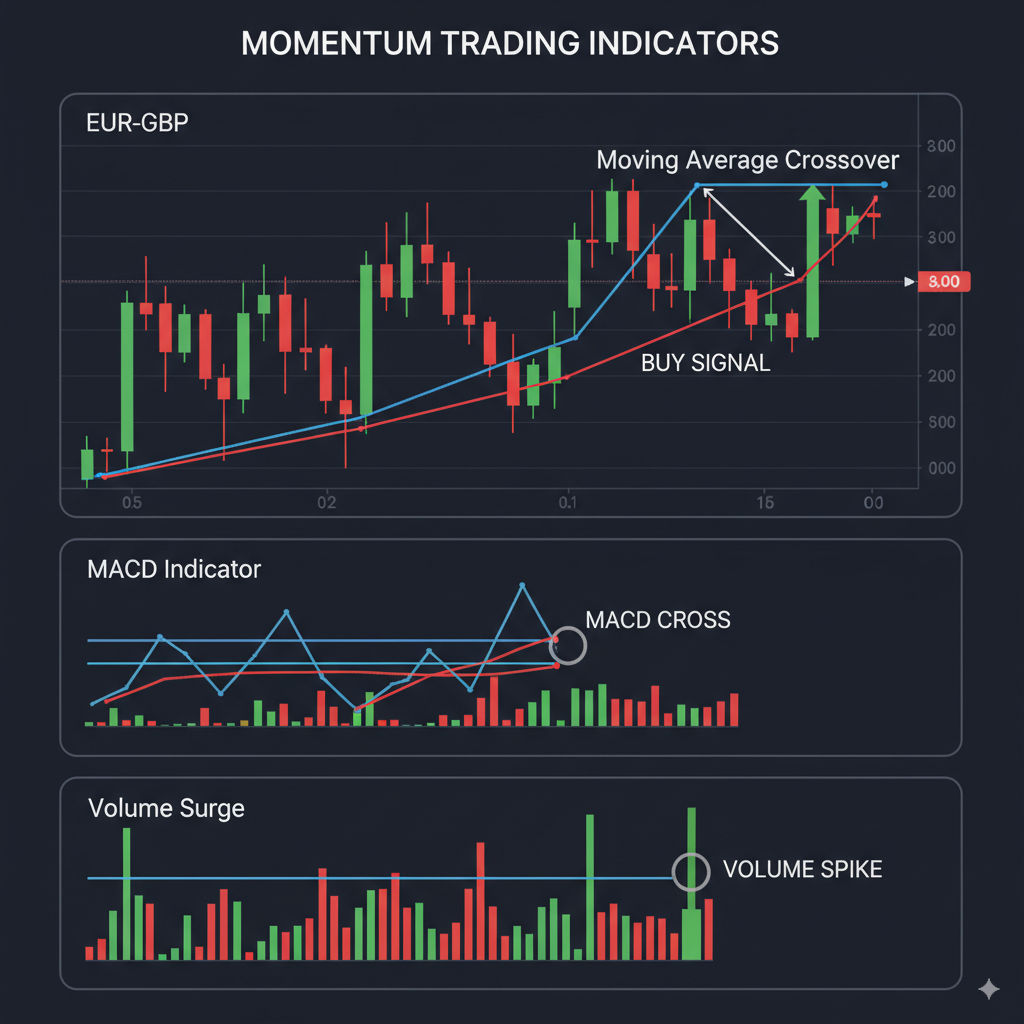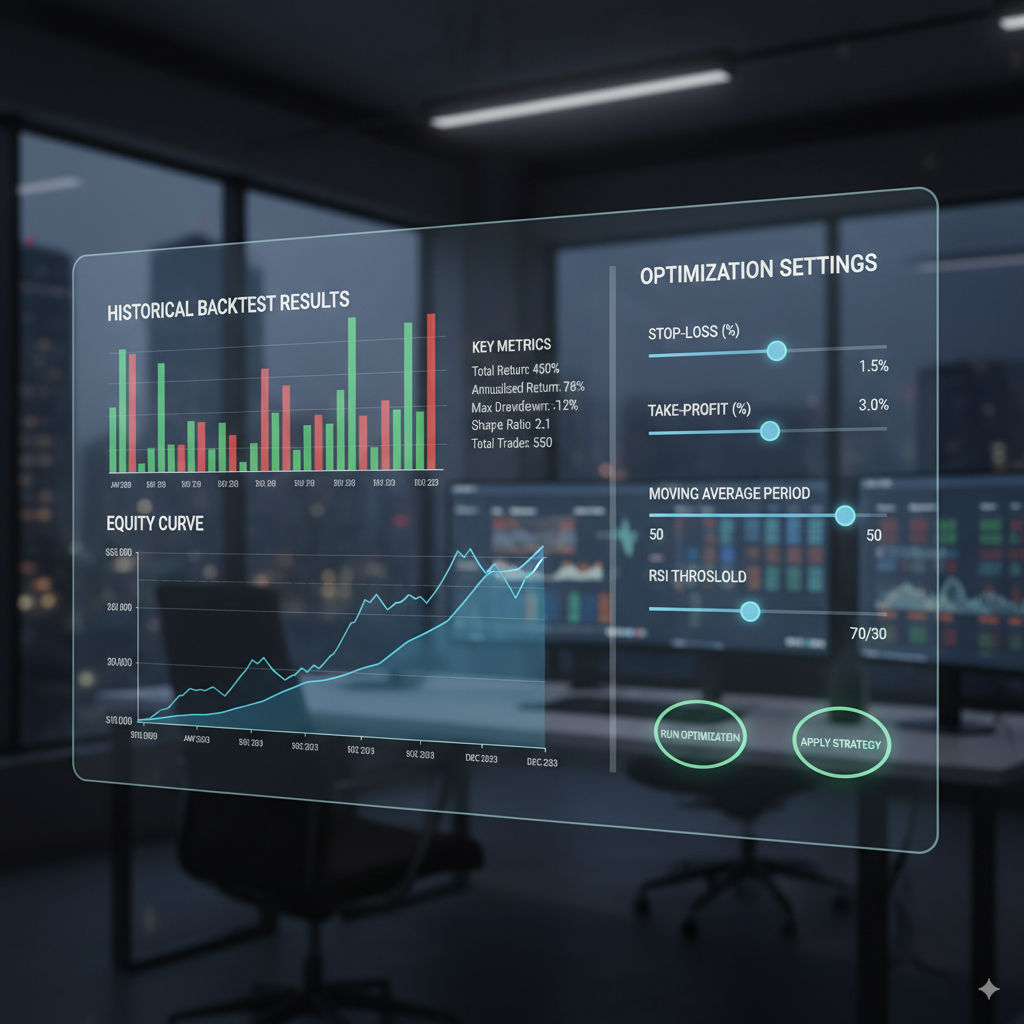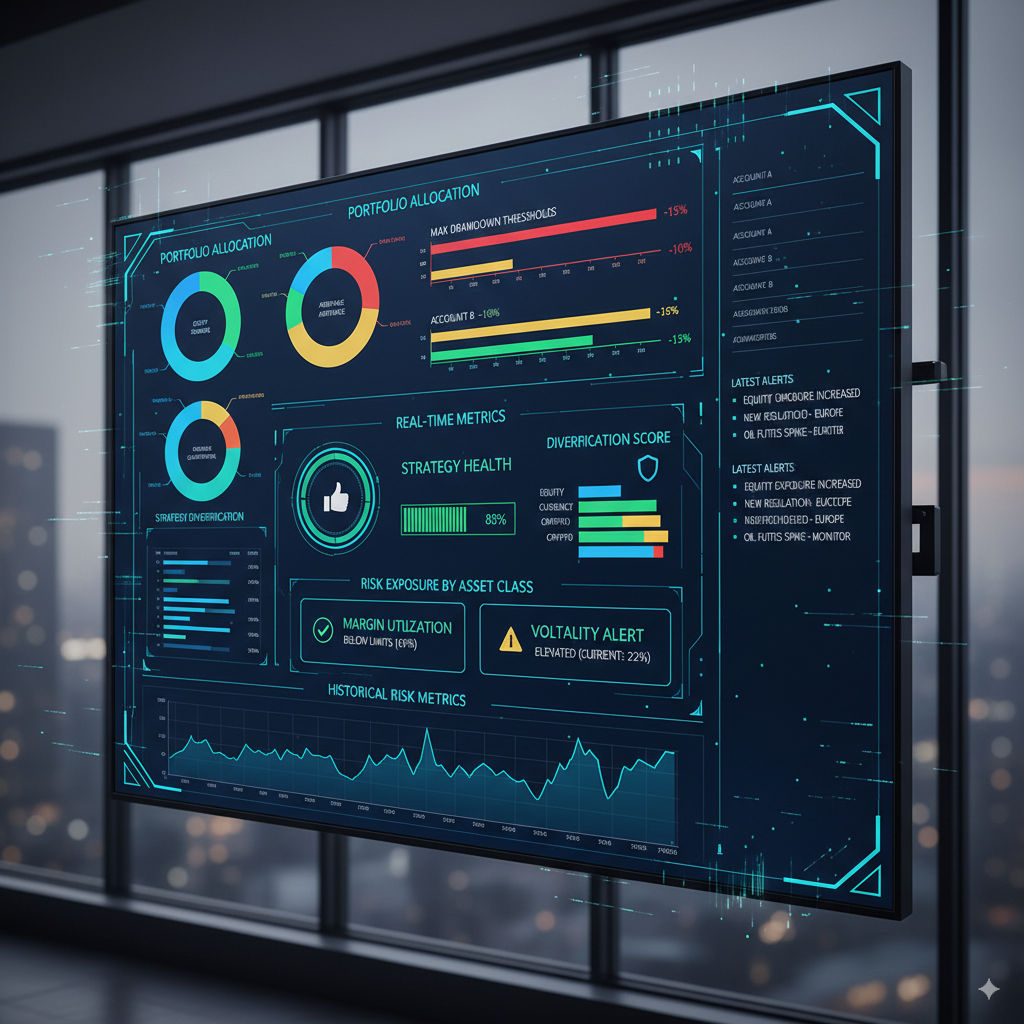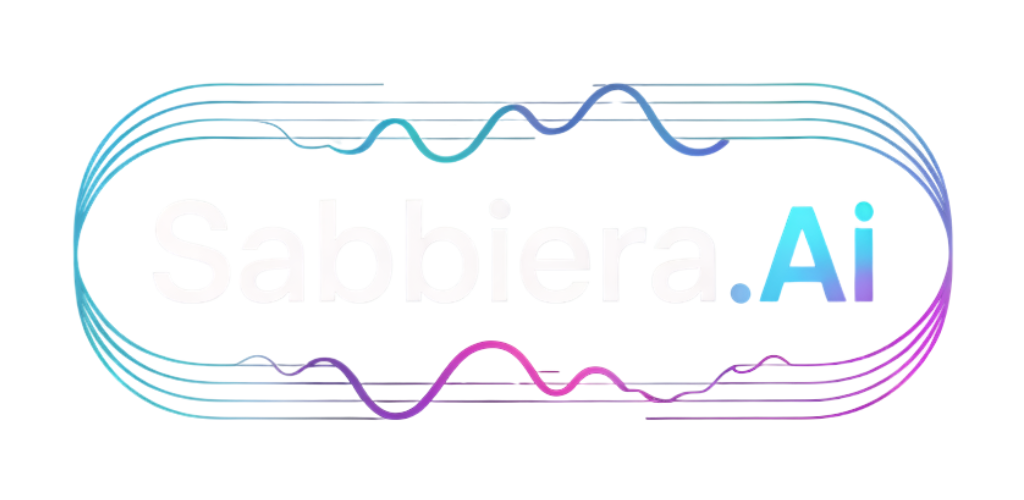Is Algo Trading Really Profitable? 7 Proven Algo Trading Strategies

The Reality of Algorithmic Trading Profitability
The world of algorithmic trading has evolved dramatically over the past decade, transforming from an exclusive domain of institutional investors to an accessible opportunity for retail traders worldwide. Algorithmic trading, commonly known as algo trading, refers to the use of computer programs and mathematical algorithms to execute trades automatically based on predetermined criteria, eliminating emotional decision-making and human error from the trading process.
As traditional manual trading becomes increasingly challenging due to market volatility and the speed of modern financial markets, more retail traders are turning to automation to level the playing field. The allure is undeniable: the promise of 24/7 trading, lightning-fast execution, and the ability to capitalize on opportunities that human traders might miss.
However, the landscape is riddled with misconceptions. Many believe that algo trading guarantees instant profits or that sophisticated algorithms can predict market movements with perfect accuracy. The reality is far more nuanced. While algorithmic trading can indeed be highly profitable, success depends on understanding market dynamics, implementing proven strategies, and maintaining disciplined risk management practices.
The democratization of algo trading through platforms like Sabbiera.ai has made it possible for everyday traders to access institutional-grade trading tools without requiring extensive programming knowledge. This shift has opened new possibilities for retail traders to compete effectively in markets that were once dominated by large financial institutions.
This article cuts through the hype and myths surrounding algorithmic trading profitability, presenting seven battle-tested strategies that have demonstrated consistent results across various market conditions. We explore the principles that separate successful algo traders from those who struggle, examine real-world data on profitability rates, and provide practical guidance for implementation.
Retail adoption and no-code access
Retail interest in automation has surged as no-code tooling makes sophisticated strategies accessible. Platforms like Sabbiera.ai let traders design, backtest, and deploy systems without writing code—bridging the gap with institutional capabilities.

Understanding Algo Trading Fundamentals
Algorithmic trading removes human emotions and inconsistencies from trading decisions while executing strategies with precision and speed. At its core, it involves programming specific rules and conditions that trigger buy or sell orders automatically when market criteria are met.
In high-speed markets, automated systems process vast data, identify patterns, and execute within milliseconds—critical in forex where economic releases and sentiment shifts cause rapid moves. Automation helps capture opportunities without the delays of manual execution.
The fundamental difference from manual trading extends beyond speed. Humans must monitor charts and manage emotions—fear, greed, hesitation—which often degrades outcomes. Automated systems follow predefined rules consistently, providing the discipline required for long-term profitability.
Modern no-code platforms such as Sabbiera.ai have revolutionized access, allowing traders to build sophisticated logic visually. Beyond fixed rules, AI-enhanced systems can learn from market behavior and adapt parameters as conditions change.
AI and no-code platforms in practice
AI-powered strategy builders augment rule-based systems with pattern detection, adaptive optimization, and continuous learning—capabilities that help sustain edge as markets evolve.

Ready to automate your trading with AI — no code required?
Join our waiting list to be the first in line when we launch.
The Profitability Question — Data-Driven Analysis
Profitability varies by strategy design, market selection, and execution quality. Industry studies suggest roughly 60–70% of professional algorithmic systems generate positive returns over extended periods—figures influenced by institutional resources and discipline. For retail traders, consistent risk management, robust backtesting, and avoiding over-optimization are decisive.
Execution costs—spread, slippage, latency—can erode edge, especially in short-term systems. Robustness across regimes matters more than maximizing backtest returns. Realistic expectations for disciplined retail automation often fall in the 15–30% annual range, contingent on diversification and drawdown controls.
Profitability at a glance (60–70% success rates)
Successful systems pair robust strategy logic with execution quality. Avoid curve-fitting; emphasize out-of-sample validation and walk-forward testing.

7 Proven Algo Trading Strategies That Generate Profits
Strategy 1: Mean Reversion Trading
Prices tend to revert toward their averages after extremes. Identify overbought/oversold conditions with tools like Bollinger Bands, RSI, or standard deviation channels, and size positions by volatility. Apply strict stops; trends can persist longer than expected.
Strategy 2: Momentum-Based Trading
Capitalize on directional continuation using moving average crossovers, MACD, and rate-of-change filters. Confirm trend strength with ATR or volume to avoid chop; choose timeframes aligned to your holding period.
Momentum indicators in action
Moving averages, MACD, and momentum oscillators help quantify trend strength and timing for momentum entries and exits.

Strategy 3: Grid Trading Systems
Place staggered buy/sell orders around price to harvest range oscillations. Tune grid spacing to volatility and cap exposure during breakouts with position limits and trend filters.
Strategy 4: Arbitrage Opportunities
Exploit pricing inefficiencies across related pairs or venues (e.g., triangular arbitrage). Success depends on execution speed, low latency, and transaction costs.
Strategy 5: News-Based Trading Algorithms
React to high-impact economic events using calendar integration and fast parsing. Manage risk tightly—unexpected outcomes can reverse quickly.
Strategy 6: Scalping with High-Frequency Logic
Capture small edges repeatedly during high-liquidity sessions. Requires tight spreads, low slippage, and precise stop placement to protect against outsized losses.
Strategy 7: Multi-Timeframe Trend Following
Align higher-timeframe trend direction with lower-timeframe entries for robustness and reduced whipsaws. Combine moving averages, structure, and momentum across timeframes.
Building Your First Profitable Trading Bot
No-code solutions provide visual strategy builders that translate logic into executable algorithms—ideal for traders without programming backgrounds. Traditional coding (Python, MQL, Pine) offers full flexibility for those with experience.
Backtesting is critical. Use high-quality data across diverse regimes, include costs and slippage, and favor walk-forward analysis over single-period optimization. Avoid curve-fitting; seek parameter ranges that perform consistently.
Backtesting and walk-forward validation
Validate ideas with comprehensive backtests, then confirm with walk-forward analysis and paper trading before going live.

Ready to automate your trading with AI — no code required?
Join our waiting list to be the first in line when we launch.
Risk Management and Performance Optimization
Position sizing, maximum drawdown limits, and diversification across strategies and pairs form the backbone of sustainable returns. Monitor win rate, profit factor, average win/loss, and max consecutive losses to detect regime shifts.
Decide in advance when to pause, optimize, or retire systems. Differentiate temporary underperformance from structural decay using objective benchmarks and review cycles.
Drawdown control and portfolio monitoring
Portfolio dashboards tracking drawdown, exposure, and correlation support timely adjustments and capital preservation.

Conclusion: Your Path to Profitable Algo Trading
Algorithmic trading can be highly profitable with realistic expectations, robust strategy design, and disciplined risk management. The seven approaches above cover range-bound, trending, opportunistic, and high-frequency edges that—when managed prudently—can compound consistently.
For traders ready to begin, start with solid education, rigorous backtesting, and clear risk rules. Modern platforms like Sabbiera.ai remove traditional barriers through accessible, no-code tooling—enabling retail traders to implement institutional-grade workflows.
